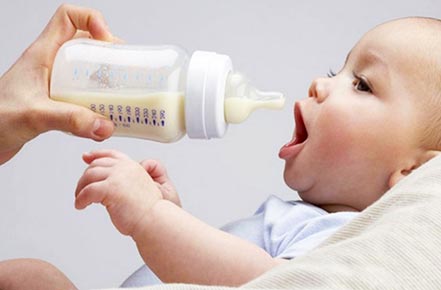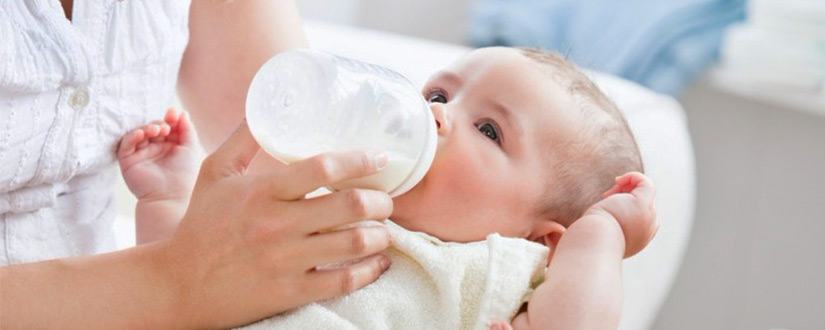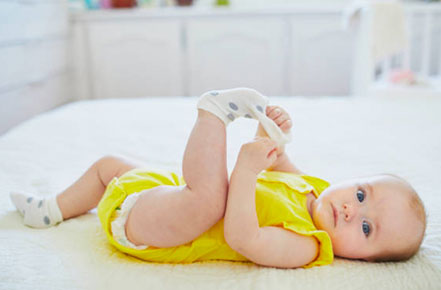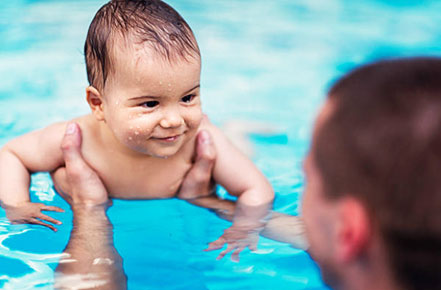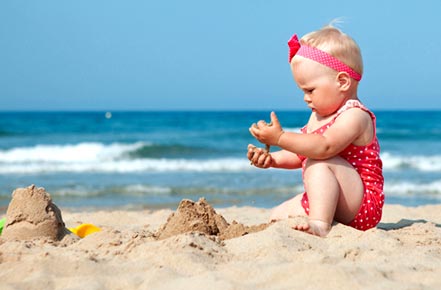Infants are really sensitive creatures because their immune system is weak in the early period of their lives. Bacteria can trigger different inflammations in babies and parents must cope with them somehow. Nobody wants that. That is why Moms and Dads are responsible for every factor connected with the health of their children, especially when we are speaking about feeding. They should clean all items and sterilize bottle nipples after each use. This article contains information and tips on how to do it properly. Read it and learn how to clean the feeding items effectively.
What is the Difference Between Cleaning and Sanitizing Bottles?
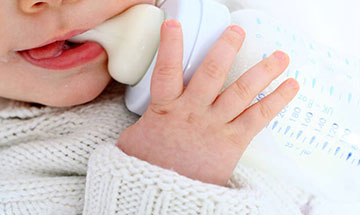
Well, these two processes are necessary when you feed your infant with the help of different items. But they differ from each other because of the functions they provide. Here’re simple explanations of what cleaning and sanitizing processes are:
- Cleaning process helps parents to get rid of milk or another substance that could stay on feeding elements. Usually, it’s enough to wash them in water with baby bottle soap by using a brush;
- All germs can disappear only in case you sterilize infant’s items for feeding. It’s done through boiling, steaming or using chemical products.
What is the Best Way to Clean Baby Bottles?
Now, when you know the difference between cleaning and sanitizing, it’s time for learning how to perform the first procedure. It’s not hard to do and you’ll get used to this process. All parents do. Besides, parents can choose their way to clean bottles because they can do it on their own or by putting these products into a dishwasher. Do following steps after each time you use infant items for feeding, if you decide to purify them by hand:

Start with washing your hands with soap.
- Take each part of a feeding element separately. It’s necessary to wash everything: a bottle, lid, nipple, valve, and a ring.
- Hold each detail under the running water.
- Prepare a basin to clean the bottle and its elements. Pour some hot water and put soap in it. After this, wash all the details by using a special brush you take only for cleaning these feeding elements.
- Remove soapy water by rinsing all the elements. You can use another basin. If you don’t have one, just put details under the running water.
- Take a clean towel and put all parts on it to dry them.
- Wash items you’ve just used for cleaning.
Follow this guide to know how to clean baby bottles in a dishwasher:

- Do steps from previous guide: separate all elements and rinse them.
- Put feeding details into the machine. You can use a special bag for smaller parts if you don’t want to lose them.
- Take all feeding elements out from machine with clean hands.
- Put parts on a towel for drying.
Can You Wash Baby Bottles with Dish Soap?
The market of baby products bursts with a wide range of cleaning goods and parents may be curious about what to wash baby bottles with? Manufacturers offer soap gently caring about hand skin, dye- and fragrance-free, hypoallergic, and many other options. That’s good, right? Parents can choose the best organic baby formula by the components and reviews from other Moms and Dads to follow the best cleaning experiences.
How Do You Wash Baby Bottles Without Soap?

It’s possible to clean feeding elements without soap but it’s better to check instruction provided by the manufacturer of your equipment. Besides, you’ll need to provide careful sterilization to be sure none germ will trigger inflammation in your dearest baby. This is really important. If you decide to wash bottles without soap, please, be sure you remove everything from feeding elements. Work well with your brush and sterilize these details.
However, it’s better to use purifying products but if you don’t know what soap to clean baby bottles with, here are a few providers to notice:
- Dr. Bronner’s;
- Palmolive;
- Dapple;
- BabyGanics.
Do Baby Bottles Need to Be Sterilized After Each Use?

After you found out how to clean baby bottles, you should learn how to sanitate them. Sterilization is a necessary procedure you must provide to get rid of harmful germs. Why is it so important? If your infant has a weak immune system, you can do it every day during the first 3 months of its life and longer if needed. Some parents use a sterilizer for 1 year since the baby was born and that is the right decision too for extra preventive measures. Do it before after each feeding.
How Do Your Sterilize Baby Bottles?
There are a few ways to sterilize infant feeding elements. It’s not hard to provide any of these procedures and parents will get used to doing it quickly. They can choose any sterilizing solution for baby bottles: boiling, steaming or using chemicals.
Boiling (Step-By-Step Instruction)

Heat is a perfect choice of killing microbes:
Put all the feeding elements into a pot and cover them with water.
Keep boiling baby bottles for no less than 5 minutes.
Let them cool down.
Wash your hands by applying soap and take all the details out of the water.
Put them on a clean towel for drying.
Chemicals (Step-By-Step Instruction)

You can destroy bacteria with the help of chemical products mixed with water:
Clean feeding details before sanitizing.
Check manufacturer’s directions.
Put details into the water combined with chemicals.
Let them stay there for about half an hour (depending on the directions of a provider).
Take elements out of the water with clean hands.
Don’t wash them with water again because microbes can come back.
Put the feeding details on a towel.
Steaming (Step-By-Step Instruction)

This method is also connected with heat killing all the germs. Depending on the provider’s directions, parents use microwaves or special sterilizing tools:
- Clean feeding details;
- Put them into a sterilizer or microwave. The lower parts should be turned to the bottom of a chose tool;
- Leave them for the prescribed period.
- Put details on a towel with clean hands.
When Can I Stop Sterilizing My Baby Bottles?
It’s essential in using a bottle sterilizer in the first months of your baby’s life. You can stop sanitizing feeding details every day when an infant is older if health conditions are excellent. But you shouldn’t stop doing it all until your baby is 1 year old.
The Final Thoughts
Cleaning and sterilization are important procedures you should provide after you decided to use a bottle for feeding your baby. We hope, our instructions will help you to cope with these missions. Please, share your thoughts! What do you think: what’s the best way to wash baby bottles? Find more interesting information on parenthoodroutine.com.
Contents
- 1 What is the Difference Between Cleaning and Sanitizing Bottles?
- 2 What is the Best Way to Clean Baby Bottles?
- 2.1 Can You Wash Baby Bottles with Dish Soap?
- 2.2 How Do You Wash Baby Bottles Without Soap?
- 2.3 Do Baby Bottles Need to Be Sterilized After Each Use?
- 2.4 How Do Your Sterilize Baby Bottles?
- 2.5 Boiling (Step-By-Step Instruction)
- 2.6 Chemicals (Step-By-Step Instruction)
- 2.7 Steaming (Step-By-Step Instruction)
- 3 When Can I Stop Sterilizing My Baby Bottles?
- 4 The Final Thoughts

